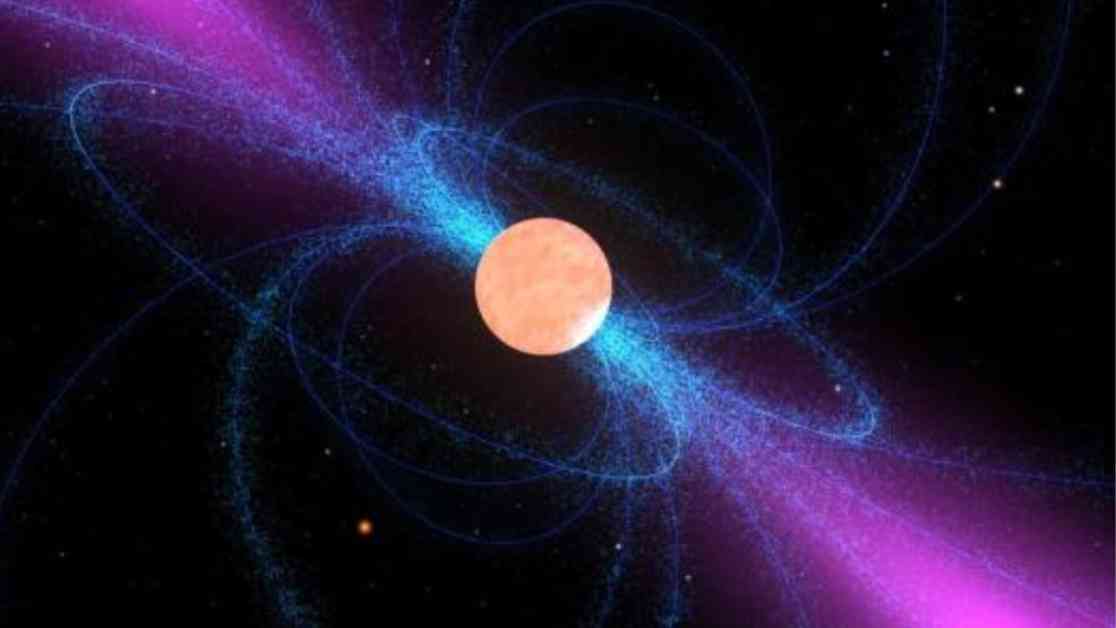Scientists are using rapidly spinning dead stars called pulsars to study dark matter, the mysterious substance that doesn’t interact with light or ordinary matter. Pulsars, specifically millisecond pulsars, can spin hundreds of times a second and emit beams of electromagnetic radiation. These beams can be used collectively as cosmic timepieces in pulsar-timing arrays to measure gravitational disturbances in spacetime.
Dark matter’s gravitational influence can be inferred when it affects light and ordinary matter, even though it doesn’t interact with light directly. By studying the variations and delays in the timing of pulsars caused by unseen concentrations of mass, scientists like John LoSecco at the University of Notre Dame can identify potential dark matter “clumps.” These invisible masses cause deviations in the arrival time of radiowaves from pulsars.
The research not only sheds light on the nature of dark matter but also improves the precision of data collected by pulsar timing arrays. By identifying and removing interference caused by dark matter conglomerations, scientists can better search for low-frequency gravitational radiation and potentially detect gravitational waves from distant black hole mergers or even primordial gravitational waves from the Big Bang.
Presented at the National Astronomy Meeting in 2024, this research offers new insights into dark matter’s distribution in the Milky Way and enhances the accuracy of precision pulsar data. By utilizing pulsars as cosmic clocks, scientists are unraveling the secrets of dark matter and advancing our understanding of the universe’s most enigmatic substance.












